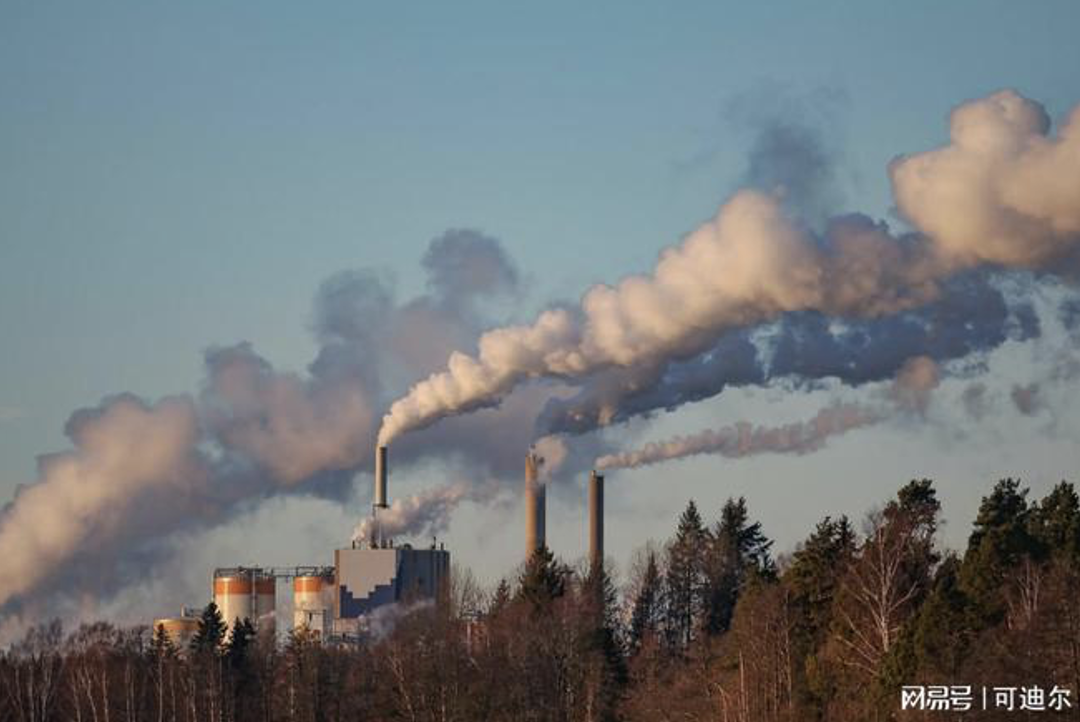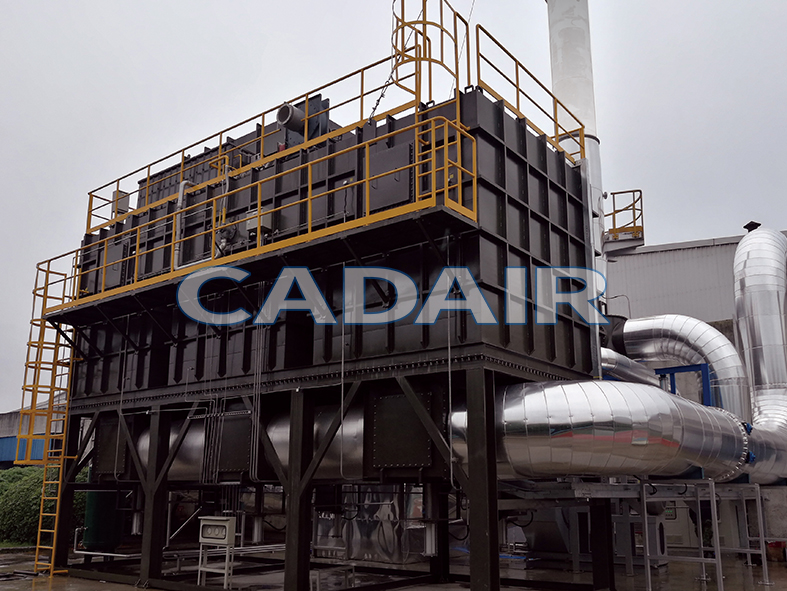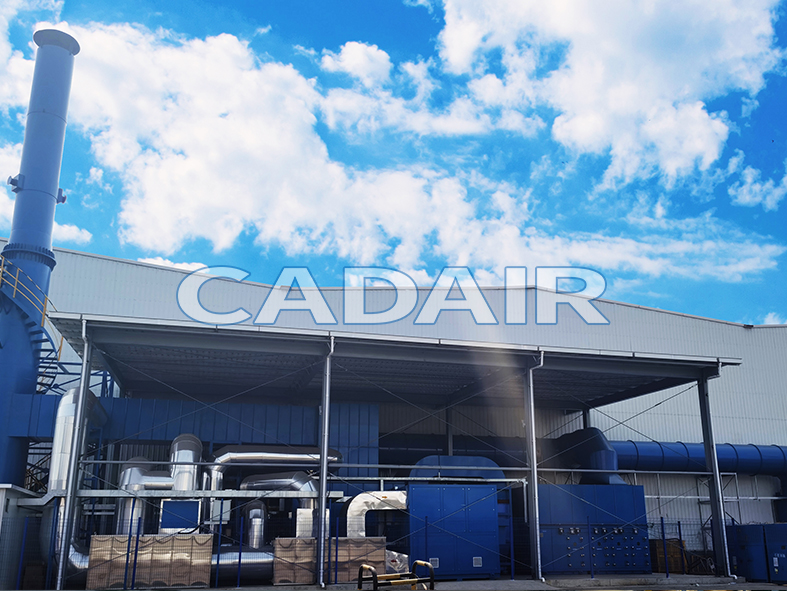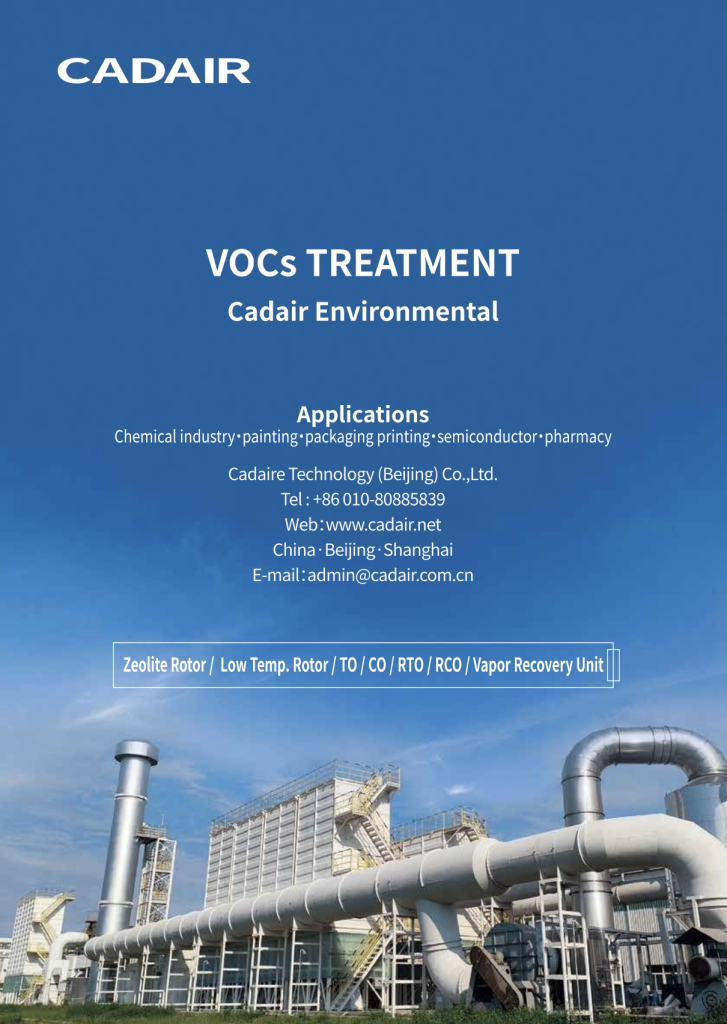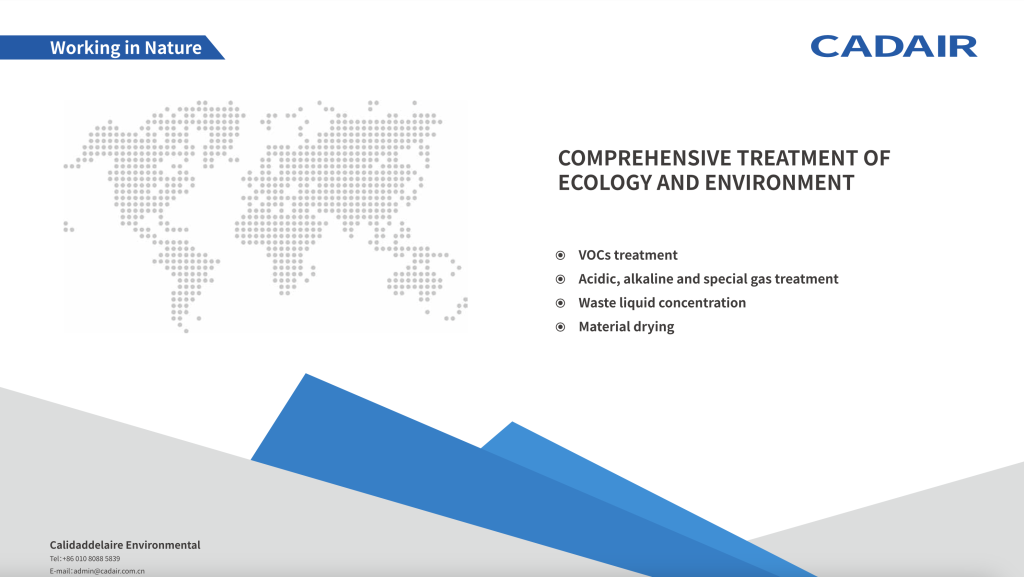Lithium batteries play a crucial role in modern transportation and energy sectors. In recent years, new energy vehicles have gradually become the mainstream direction of global automotive industry development due to their significant advantages in energy conservation and emission reduction. With the development of new energy vehicles, lithium batteries have encountered unprecedented development opportunities and many challenges, while also facing environmental issues that cannot be ignored.
What is the source of lithium battery exhaust gas? In the production process of lithium batteries, numerous chemical raw materials are used, such as organic solvents, binders, and various metal salts used in the electrode material preparation stage. In processes such as coating and drying, organic solvents evaporate into the air to form volatile organic compounds (VOCs). These VOCs not only produce pungent odors, but also participate in photochemical reactions, forming pollutants such as ozone, exacerbating air pollution, endangering human health and the surrounding ecological environment. Therefore, it can be concluded that the treatment of lithium battery exhaust gas is crucial.
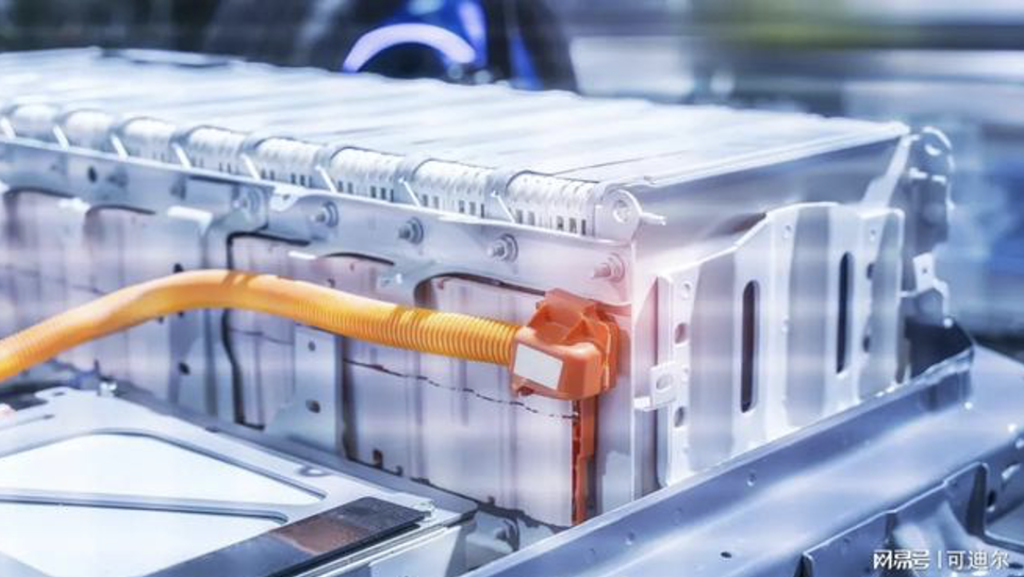
Difficulties in lithium battery exhaust gas treatment?
The sources of exhaust gas in the production process of lithium batteries are complex and diverse, and the composition and properties of exhaust gas generated in different processes have their own characteristics. This requires enterprises to adopt targeted measures for lithium battery exhaust gas treatment to reduce the impact of exhaust gas emissions on the environment and production safety. Kedil has been deeply involved in the waste gas treatment industry for decades, and we have a clever solution for lithium battery waste gas treatment!
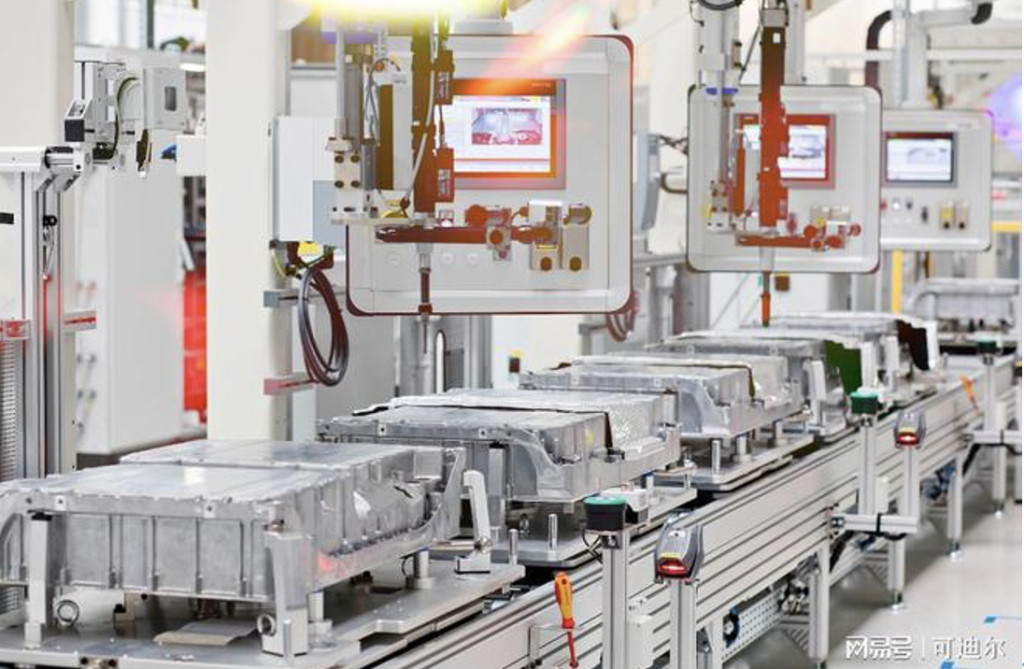
Lithium battery exhaust gas treatment plan
Waste gas components: ethylene carbonate, methyl ethyl carbonate, dimethyl carbonate NMP、 Hexafluorophosphate
Governance process: Governance process: Alkali washing tower+RTO
Process route
The exhaust gas first passes through an alkali washing tower to remove acidic gases, then through a demister to remove liquid water, and then through an RTO process fan, enters a pre-treatment unit to remove dust particles, and is transported to an RTO furnace. In a high-temperature environment above 800 ℃, VOCs are oxidized into carbon dioxide and water, releasing a large amount of heat, and discharged after meeting the standards.
In the current booming development of the lithium battery industry, although the road to lithium battery waste gas treatment is long and arduous, we firmly believe that through our continuous exploration and practice, and the application of scientific and effective treatment processes, we will be able to continuously improve the level of lithium battery waste gas treatment. We also call on more relevant enterprises to pay attention to exhaust gas treatment work, work together to contribute to creating a clean and healthy ecological environment, so that lithium batteries can continue to shine in modern transportation and energy fields, and lay a solid foundation for the green development of humanity.

